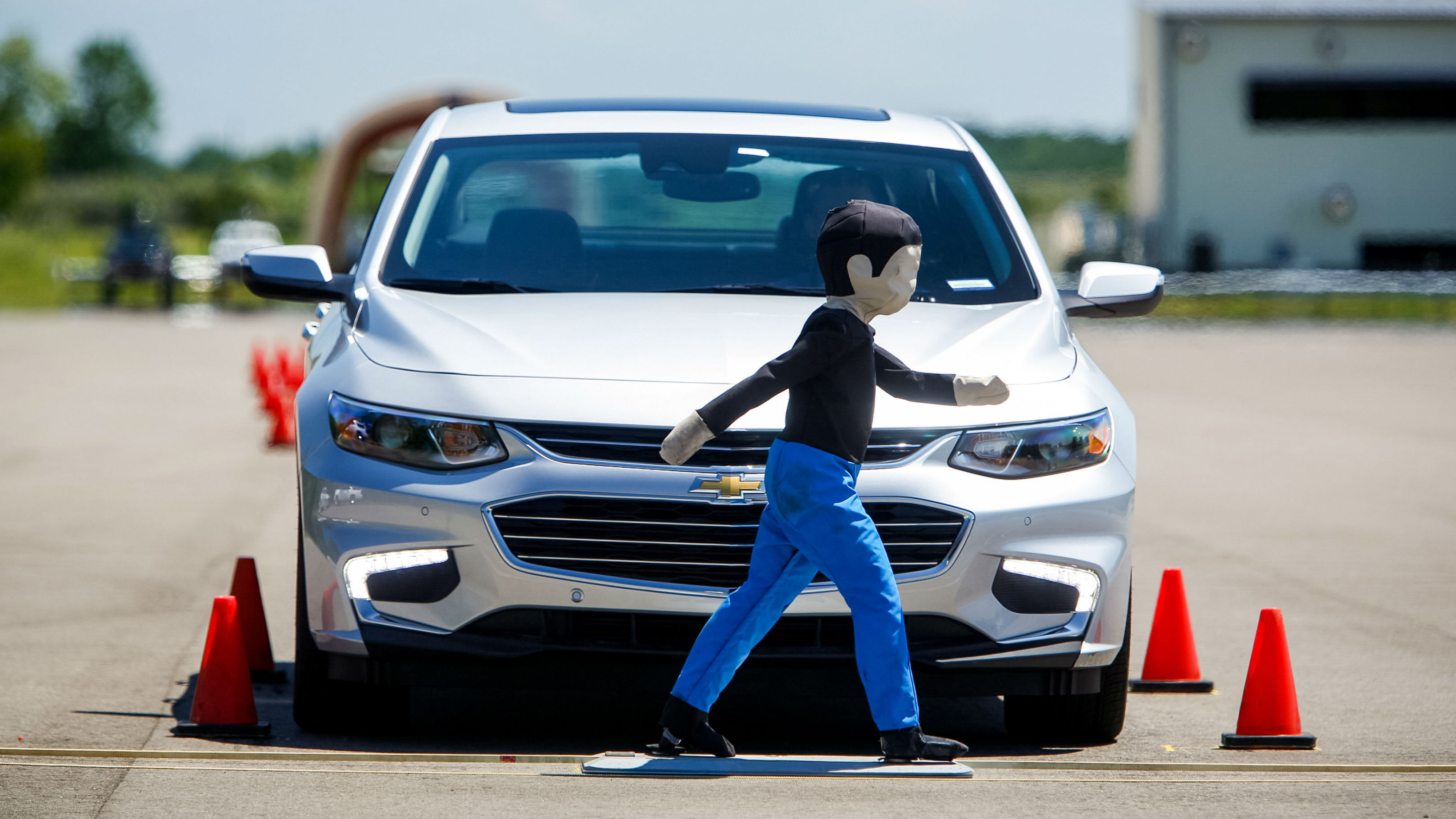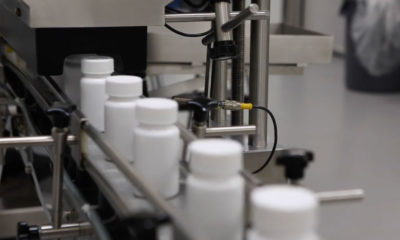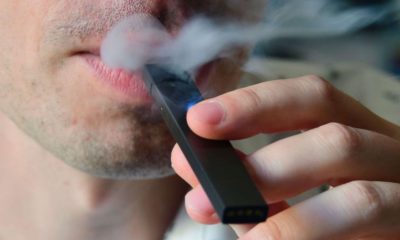Automated systems have progressed quickly in the automotive industry. Vehicles can park and even drive without the assistance of drivers in some cases. However, a new study by AAA indicates that these systems still aren’t as reliable and safe as human drivers.
Flawed Systems
According to the report by AAA, the current automation systems are limited. They still require drivers to pay attention and not rely on them completely as they drive to prevent accidents. Researchers conducted tests of vehicle automation systems, including Ford CoPilot 360 and GM Super Cruise. These systems help the driver by performing steering, braking and acceleration at least partially without human intervention.
Research indicates that the systems aren’t always consistent in their performance. Some vehicles failed to stay within the designated lane and would occasionally steer too close to traffic coming from the other direction. Many of these systems have lane monitoring to keep vehicles in the correct lane.
The systems also come with automatic braking for emergencies or stopped traffic. AAA found that sometimes the vehicles may brake abruptly, not giving the vehicle behind them enough time to stop, resulting in a rear-end collision. These systems are also supposed to recognize obstacles to avoid accidents. However, some tests showed that they didn’t adjust direction to avoid a disabled vehicle that was in the roadway.
The manufacturers don’t claim perfection when it comes to the systems. In fact, they often include the shortcomings of the vehicle in the owners’ manuals. However, drivers often expect perfect performance when they drive. They rely solely on the automated systems rather than paying attention to the situation.
Based partly on the results of the study, AAA is asking manufacturers to improve these systems, often known as Level 2 systems, before they add them to new models. This isn’t the first test done of automated systems. The results are similar to other studies done by the Insurance Institute for Highway Safety (IIHS). Consumer Reports has also seen similar results in evaluations of systems.
The Testing
AAA used five vehicles for testing:
- 2019 Ford Edge
- 2019 BMW X7
- 2019 Cadillac XT6
- 2020 Subaru Outback
- 2020 Kia Telluride
All models feature active driving assistance. All but the Cadillac and Ford models were tested on the AAA closed test track. Those two models had limitations on location and speed. All five models were tested on a round trip between Los Angeles and San Francisco, which totaled 800 miles. They were driven on interstates as well as local highways.
All five models have problems with being able to stay in the correct lane. They fared well on the closed track, except for some left bias, which would put them closer to oncoming traffic. All five had issues on curving roads and hills.
While AAA admitted that some models worked better in various situations than others, none could be completely relied upon. The researchers recommend that drivers continue to pay attention and use the systems as assistance, but not to rely on them to do the job alone.

























